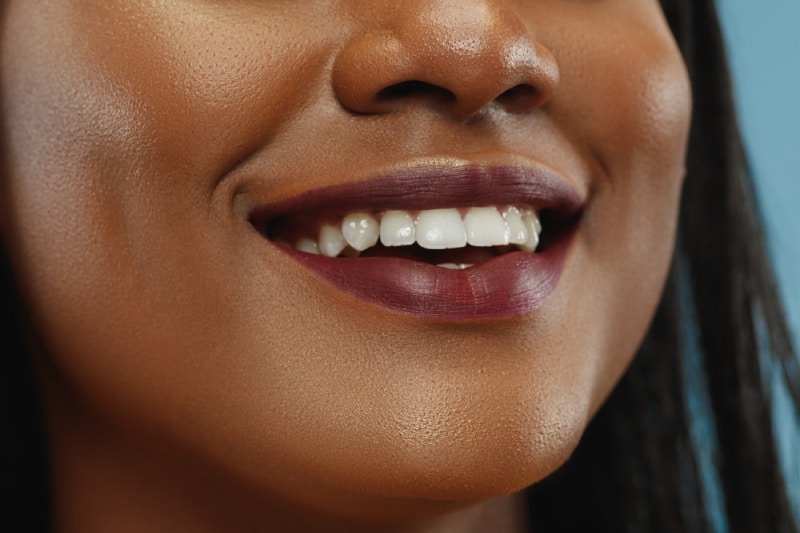Thumb and finger-sucking are common habits among infants and toddlers, providing them with comfort and self-soothing. However, if this habit persists beyond the age of 4, it can lead to negative consequences on a child’s teeth and growing jaws. While at-home remedies may offer temporary relief, orthodontic intervention is often the most effective solution for a lasting change. In this article, we will discuss the importance of addressing thumb and finger-sucking habits between the ages of 7-9, and how orthodontic intervention can help prevent permanent dental and jaw issues.
1. The Negative Impact of Thumb and Finger Sucking on Teeth and Jaws
Prolonged thumb and finger sucking can lead to a variety of dental and jaw problems, including:
- Malocclusion: The constant pressure from the thumb or finger on the teeth can cause them to shift out of alignment, leading to an open bite, crossbite, or other types of malocclusion.
- Jaw growth issues: Persistent thumb and finger sucking can affect the normal growth and development of the jaws, potentially causing long-term issues with facial structure and appearance.
- Speech difficulties: Altered teeth and jaw positions can affect a child’s ability to pronounce certain sounds clearly, leading to speech difficulties.
Given these potential complications, it is crucial to address thumb and finger-sucking habits early on to ensure your child’s dental health and overall well-being.
2. The Limitations of At-Home Remedies
While many parents try various at-home remedies to help their child stop thumb and finger-sucking, these methods often have limited success. Common at-home remedies include:
- Applying bitter-tasting substances to the thumb or finger
- Using a reward system to encourage the child to stop the habit
- Covering the thumb or finger with a bandage or glove
While these methods may temporarily reduce the frequency of thumb or finger sucking, they often fail to address the root cause of the habit and may not provide a long-term solution. Additionally, at-home remedies can sometimes cause emotional distress for the child.
3. Orthodontic Intervention: A More Effective Solution
Orthodontic intervention can provide a more effective and lasting solution to thumb and finger-sucking habits. An orthodontist can:
- Evaluate the extent of dental and jaw issues caused by the habit
- Develop a personalized treatment plan to help your child stop the habit and correct any existing dental problems
- Monitor your child’s progress and make adjustments as needed to ensure the best possible outcome
By seeking professional help, parents can be confident that their child is receiving the most effective treatment, tailored to their specific needs.
4. The Importance of Addressing the Habit Between Ages 7-9
Stopping thumb and finger-sucking habits between the ages of 7-9 is critical in preventing negative jaw growth and permanent deformation of teeth and jaws. During this period, a child’s facial structure is still developing, making it the optimal window for orthodontic intervention using Phase 1 Treatment. By addressing the habit during this time, parents can help their children avoid more invasive and costly treatments in the future.
5. Taking Action: Schedule a Consultation Today
If your child continues to suck their thumb or finger, it’s essential to seek professional help as soon as possible. Scheduling a consultation with an orthodontist can set your child on the path to a healthy, beautiful smile and prevent long-term dental and jaw issues. Don’t wait to address this critical habit – take action now to secure your child’s dental health and overall well-being.

